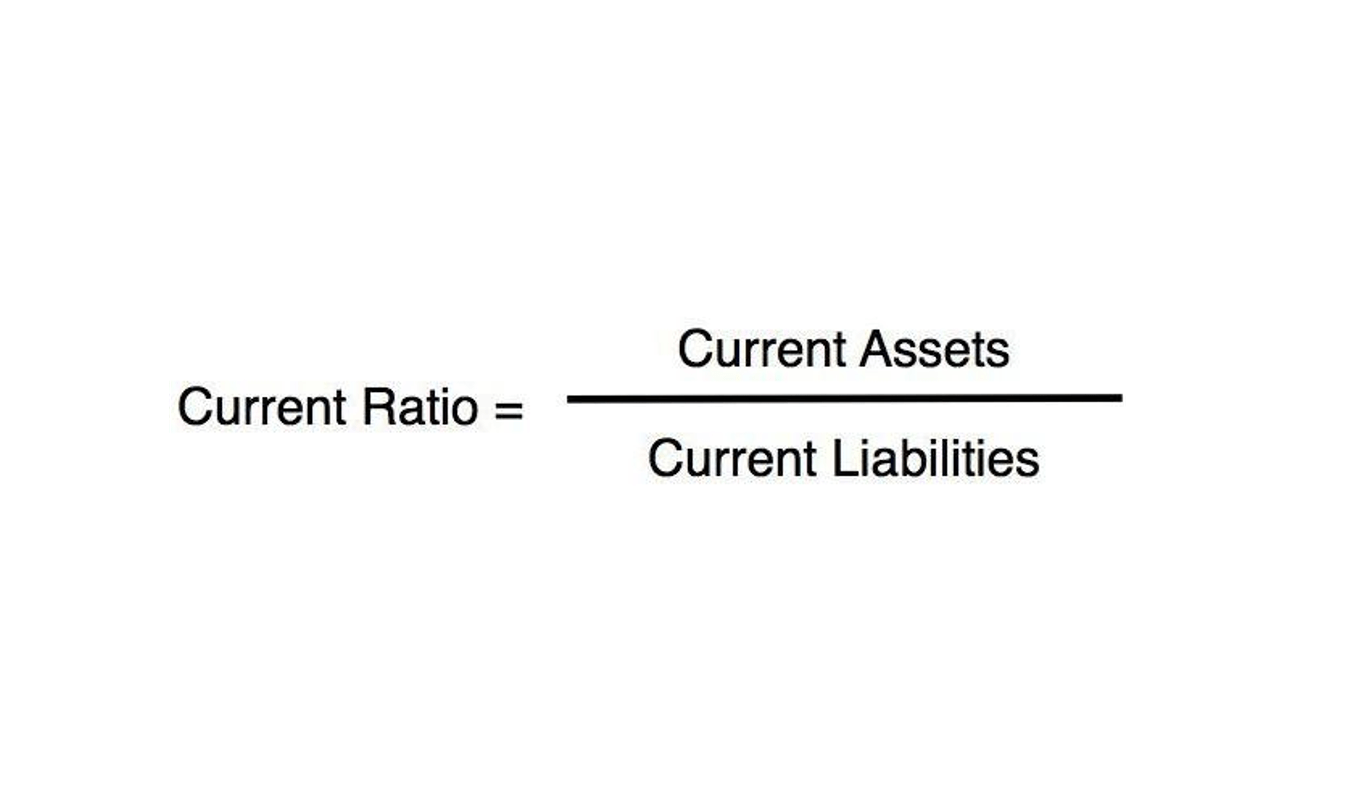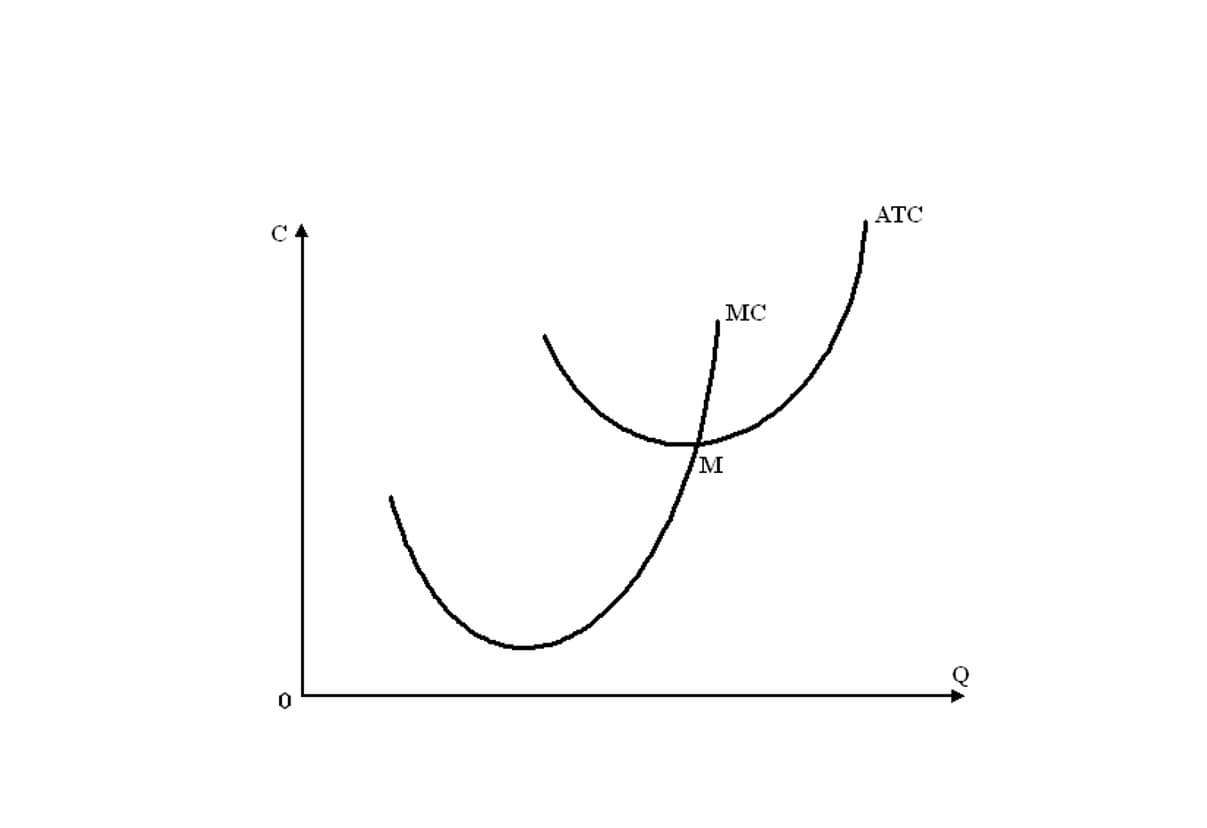
Let’s use the example of a small business owner’s coffee stand to provide a practical example of how you use the break-even point to ensure cash flow. In many circumstances, the expenses of any fees, commissions, taxes, and occasionally the impacts of inflation are also factored into the breakeven point calculation. Even the ones you might not think about right away, e.g., costs of customer returns, variable shipping costs, etc. Today, you’re going to learn everything you need to know about profitable online sales. Reducing your BEP increases your cushion against downturns and speeds up the path to profitability. The calculation of the accounting breakeven point is a three-step process, which is described below.
The Top 3 Forex Traders Room & CRM Providers: An In-Depth Analysis for 2025

The second is based on how much revenue you need to generate in order to break-even. And knowing the BEP will help you to decide which one will best support your profit targets. First, it tells you exactly how many times you need to sell a bep definition product to offset the running costs of your business. Break-even analysis reveals the number of units or amount of sales needed to break even, making it easier to set realistic sales goals. Break-even analysis isn’t limited to just businesses—investors use it in stock trading, real estate, and options trading to determine the profitability threshold.
What is a BIM Execution Plan (BEP)?

Plug in the values from steps 1 to 3 into the formula and calculate the break-even point in units. The break-even calculation also gives management an expectation for the future. For instance, if the company broke even in July, the rest of the year’s operations would be generating pure profits.
What does it mean to break even in business?
Whether you’re launching a startup, running a manufacturing firm, or growing a SaaS company, break even analysis helps you make smarter, more informed decisions. For growth, businesses must plan beyond the BEP—ensuring margins hold, variable costs scale efficiently, and fixed costs don’t balloon. The accounting breakeven point is the sales level at which a business generates exactly zero profits, given a certain amount of fixed costs that it must pay for in each period.
What Are Continuing Operations of a Business?
- When dealing with budgets you would instead replace “Current output” with “Budgeted output.”If P/V ratio is given then profit/PV ratio.
- In this example, the business needs to generate \($50,000\) in sales revenue to cover both fixed and variable costs and reach the break-even point.
- This could be done through a number or negotiations, such as reductions in rent payments, or through better management of bills or other costs.
- Other early items produced by the BEP included various government debt instruments, such as interest-bearing notes, refunding certificates, compound interest Treasury notes, and bonds.
- Since 1968, all currency has been printed by means of the dry intaglio process, whereby wetting of the paper prior to printing is unnecessary.
- In addition, this document describes the methods of organization and graphic representation for the operation as well as the BIM processes, workflows, models, uses.
The redesign effort came about for several reasons, chief among them a reduction in paper costs and improved counterfeit deterrence through better public recognition of currency features. Both of these measurements are key concepts for management in any industry. Retailers can use it to see how much product they must sell to meet their minimum costs.

The incremental revenue beyond the break-even point (BEP) contributes toward the accumulation of more profits for the company. Businesses share the similar core objective of eventually becoming profitable in order to continue operating. Otherwise, the business will need to wind-down since the current business model is not sustainable. Small Business Trends is an award-winning online publication for small business owners, entrepreneurs and the people who interact with them.

What is Break even point, Why It Matters, and How to Calculate It for Your Business
By inserting the specific values, you calculate x, the exact sales volume at which you reach the break-even point. Assume a business has a 40% gross margin and SAR 2 million in fixed costs. SAR 2 million divided by 0.40 yields a breakeven threshold of SAR 5 million. If you sell directly to the end-customer, this is the average selling price (minus taxes) displayed on your shop’s website. If you are selling to middlemen such as wholesalers, this component describes your cost price you are selling your products at.

This means that the selling price of the goods must be higher than what the company paid for Outsource Invoicing the good or its components for them to cover the initial price they paid (variable and fixed costs). Once they surpass the break-even price, the company can start making a profit. Using the break-even point, you can determine at what sales volume a product starts to generate profit.
- It was not until 1874 that the “Bureau of Engraving and Printing” was officially recognized in congressional legislation with a specific allocation of operating funds for the fiscal year of 1875.
- At present the company is selling fewer than 200 tables and is therefore operating at a loss.
- However, it is important that each business develop a break-even point calculation, as this will enable them to see the number of units they need to sell to cover their variable costs.
- In addition, the calculations heavily rely on accurate data; any discrepancies can yield misleading results.
- If she achieves her estimated sales volume of 30 units per day, she’ll achieve well above the break-even point for both types of cake.
- Now that you know your obvious and not so obvious occurring costs, the price of your products is another factor that determines your profitability.
Determine all fixed costs your business incurs, such as rent, salaries, utilities, etc. It’s additionally important to determine the average selling price per unit, as this will help you calculate the contribution margin. Allocating fixed costs isn’t always straightforward, especially if your company has a broader range of offerings. Others, such as personnel costs, brand development or the costs of corporate headquarters, are fixed costs at the corporate level. These costs can be allocated to individual products proportionally, based on the product’s share of total sales. The contribution margin represents the portion of sales revenue that contributes to covering fixed costs and generating profit.
Running this analysis will force you to consider all the cost components that exist when selling products online. Simply put, the break-even point (BEP) describes the moment from which the incoming revenue of your company equals its costs. SaaS and service-based businesses http://reports.the-star.co.ke/archives/13014 often use monthly recurring revenue (MRR) and subscription models in BEP analysis.
